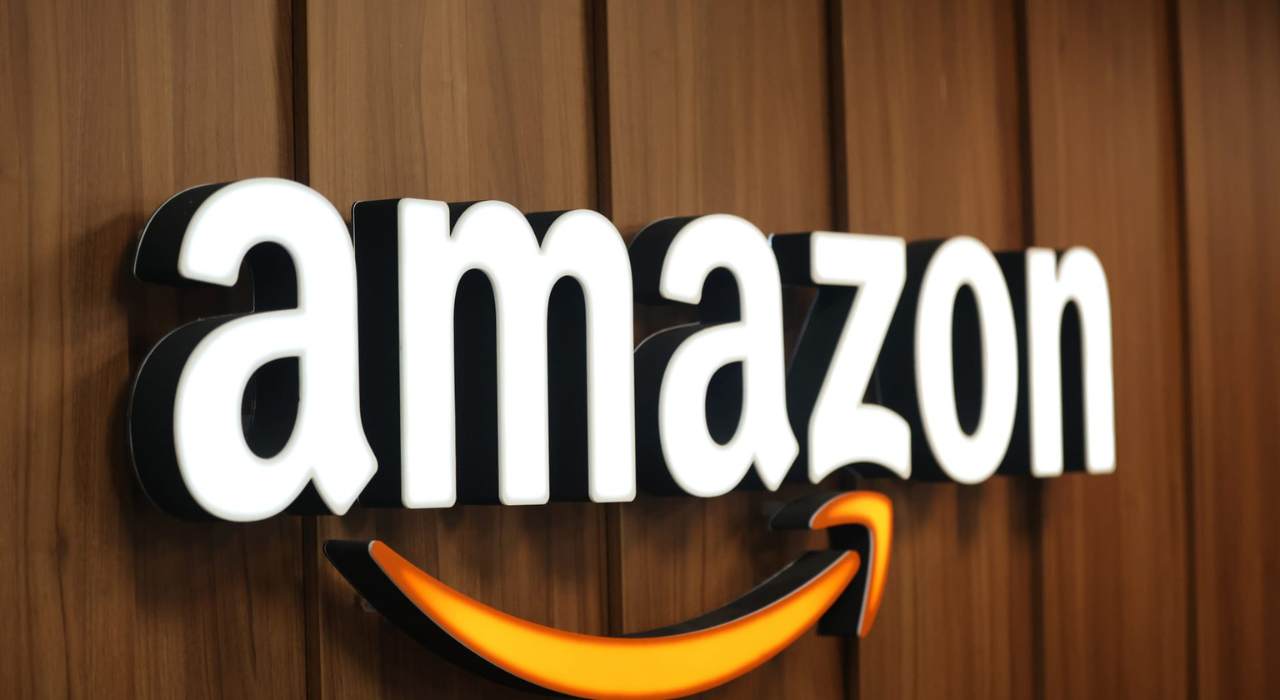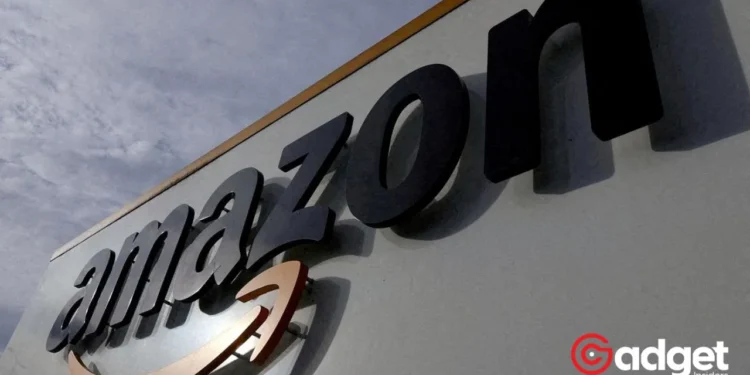In a recent development that has caught the eye of consumers and regulators alike, Amazon finds itself at the center of a class-action lawsuit accusing the e-commerce giant of concealing cheaper items with faster delivery in favor of more expensive options. This lawsuit underscores a growing concern over Amazon’s “Buy Box” feature, which, according to plaintiffs, has been manipulated to prioritize Amazon’s retailers and those participating in the Fulfillment By the Company’s (FBA) program, often leading to customers overpaying for products.

Unpacking the “Buy Box” Controversy
The heart of the controversy lies in the company’s “Buy Box,” a prominent section on product pages that suggests the “Buy Now” or “Add to Cart” option. Plaintiffs allege that nearly 98% of Amazon’s sales come from items featured in this Buy Box, as customers are led to believe these options offer the best deals.
However, the lawsuit claims that this is often not the case, accusing the Company of biasing the algorithm behind the Buy Box to favor its products and those from FBA sellers, who pay higher fees to the online sales giant.

Investigations and Fines: A History of Scrutiny
Both U.S. and European Union authorities have scrutinized the company’s Buy Box algorithm, with investigations dating back to at least 2016. The Italian Competition Authority fined the online giant over $1 billion in 2021 for practices deemed unfair, and the European Commission has mandated the company to ensure equal treatment for all sellers in the Buy Box.
Despite Amazon’s assertion that the algorithm was corrected in 2020, ongoing demands from European regulators suggest that the issue is far from resolved.
The Plaintiffs’ Perspective
The class action, initiated by California residents Jeffrey Taylor and Robert Selway, marks a significant moment in the ongoing discourse around Amazon’s market practices. Unlike previous lawsuits focusing on antitrust concerns, this lawsuit seeks compensation for the alleged financial harm inflicted on consumers due to the company’s Buy Box manipulations.
The plaintiffs argue that the company’s practices not only deceive customers but also place an undue burden on them to find the best deals, contradicting Amazon’s customer-centric claims.
Evanston bookstore owner suing Amazon over alleged price-fixing scheme that makes it impossible for other retailers to compete https://t.co/eByYIDeQJl via @SunTimes
— Scott Hessell (@sfh575) April 5, 2021
The Implications for Amazon and Its Customers
As a result of the complaint that was filed on behalf of all Amazon customers who made purchases through the Buy Box between the years 2016 and the present, the potential class size might comprise hundreds of millions of individuals. Because of this case, the tremendous impact that the company’s alleged activities have had on consumer purchasing has been brought to light.
The company’s revenues in the United States alone exceeded $574 billion in the previous year. During the action, the plaintiffs are requesting not just compensation for customers who have been negatively impacted, but also a permanent injunction against Amazon’s employment of biased algorithms within the Buy Box.

A Turning Point for Consumer Rights
This lawsuit represents a critical juncture in the battle for consumer rights and transparency in online retail. As the case unfolds, it will not only illuminate the practices of one of the world’s largest e-commerce platforms but also set a precedent for how digital marketplaces operate.
With the plaintiffs pushing for a jury decision, the outcome of this legal battle could have far-reaching implications for Amazon’s business practices and its relationship with consumers worldwide.










